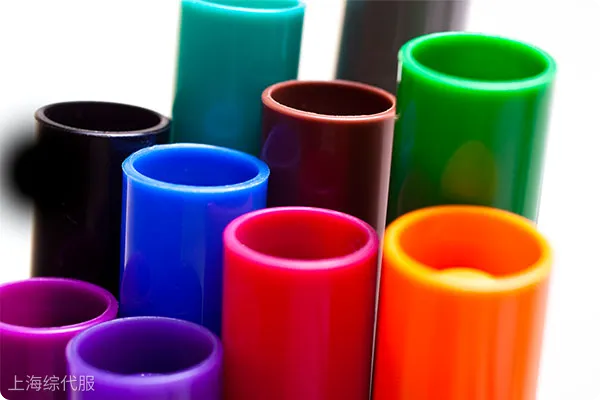Plastics and their products have a significant position in all industries due to their lightweight, durable and cost-effective characteristics. According to international trade statistics, total imports and exports of plastic products have shown a steady growth trend over the past decade. However, the most critical component of the import and export process of plastic products – customs classification and regulatory declaration – is often a major challenge for enterprises in transnational transactions.

The Basic Framework of Chapter 39 of the Import and Export Tariffs of the Peoples Republic of China
According to the Import and Export Tariffs of the Peoples Republic of China, Chapter 39 provides detailed classifications specifically for plastics and their products.This chapter is based on the state of processing and use of plastics, and divides plastics and their products into the primary shape of polymers and waste materials, semi-products and finished products.
The first sub-chapter (39.01–39.14) covers primary-shaped polymers, which are usually raw materials in industrial production, such as particles, powders, liquid or plate-shaped plastics, directly used for further processing manufacturing.
The second sub-chapter (39.15 to 39.26) covers waste and foot materials, semi-products and all kinds of manufactured products, from simple plastic packaging materials to complex industrial components.
Importance of Regulatory Declaration Elements
The declaration of the specification concerns not only whether the goods can pass through the customs, but also directly affects the operating costs and market competitiveness of the enterprise. For the primary shape of polymers, the declaration elements include the name, appearance, component content, the type and proportion of the unit, etc., this information helps the customs to accurately determine the specific categories of goods and the tax rate to be levied.
For debris and underfoot materials, semi-products and finished products, in addition to the basic product name, appearance, use and other information, the ingredients, materials, whether attached, whether combined with other materials, and other details are equally important. For example, a plastic bottle declaration needs to specify whether it contains other non-plastic components, which may affect its classification and tax rate.
Customs classification of imported and exported plastics and their products
Customs classification is the process of classifying according to the specific characteristics and use of goods, according to customs duties. This process is complex for plastics and their products, because the variety of plastic products and the wide range of uses.


 Follow customer service WeChat
Follow customer service WeChat